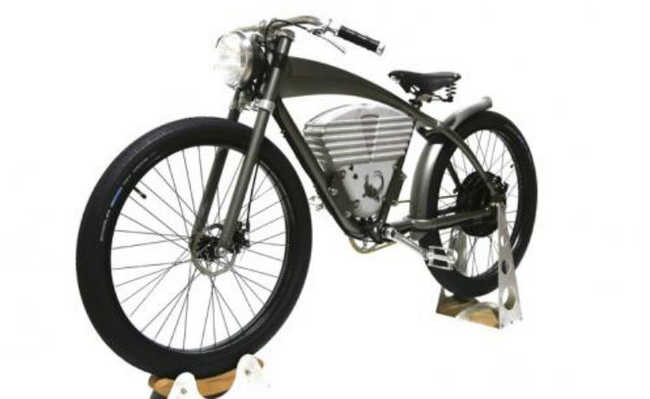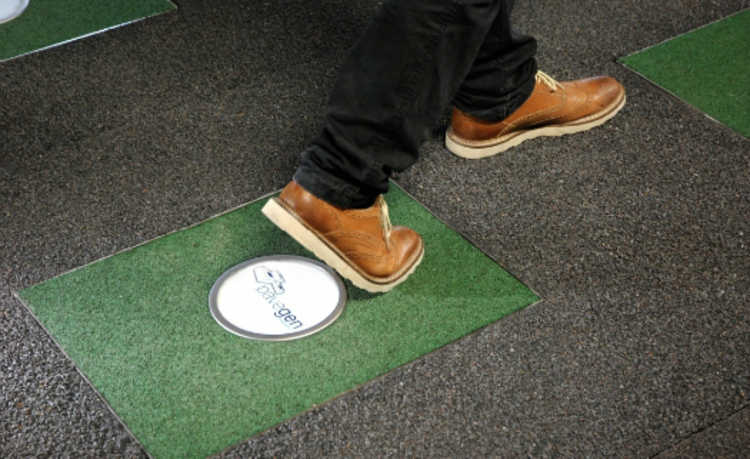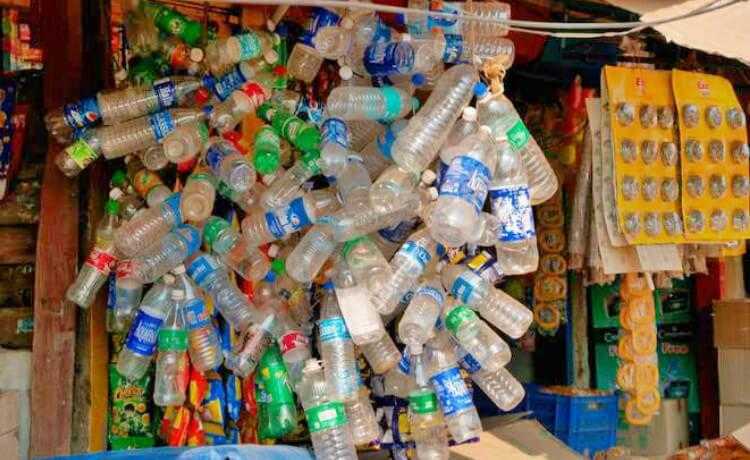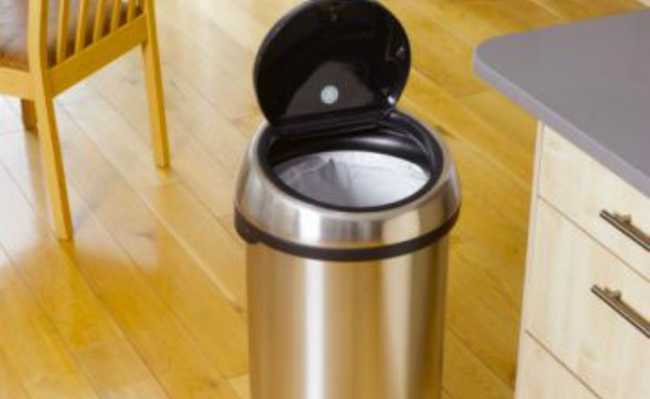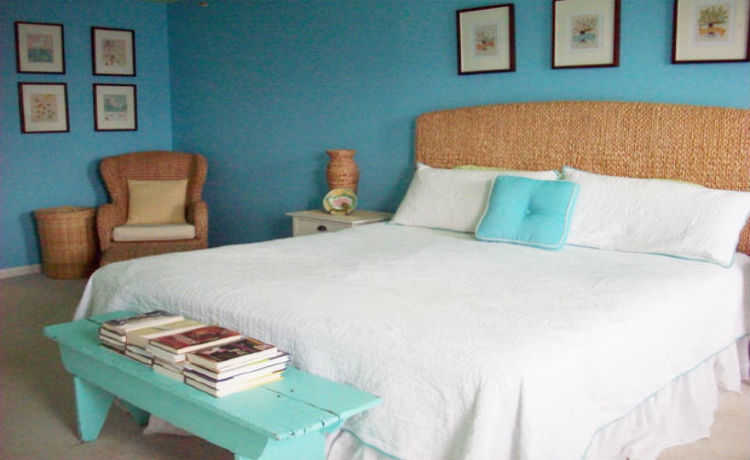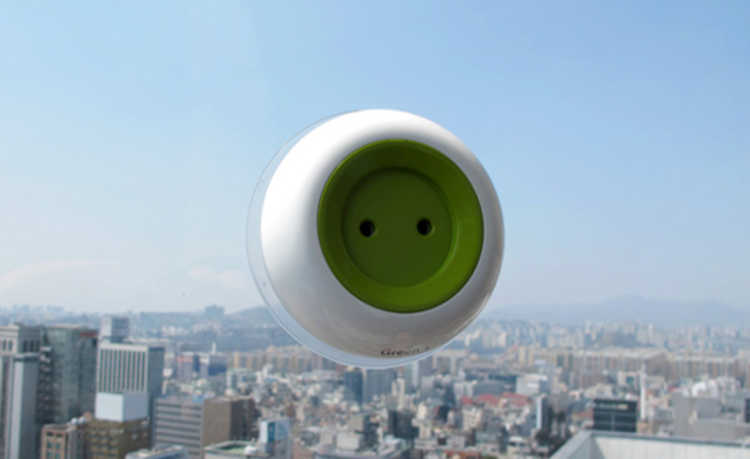Large or small composter? Which one to use?
Find out how to choose the size of composter for your home or apartment

Image: eCycle/disclosure
There are different sizes of composters, they include medium, large and small composters. Find out which model is best for your routine.
Compost
Domestic composting is one of the solutions for solid waste. The process consists of decomposing organic matter through processes with or without the presence of earthworms and its final product is humus and slurry, which can be used as a natural fertilizer.
- Humus: what it is and what are its functions for the soil
The biggest question for those starting to compost is how to find the best size of compost bin. To know whether you should purchase the large, medium or small composter for your home or apartment, it is important to consider: the type of compost chosen, the environment you have for the composter and the volume of waste that will be decomposed, according to with the number of people living in the residence.
Types of compost
There are two types of compost: vermicompost and dry compost. In the first mode, the process is carried out through the action of earthworms in the system to help microorganisms already present in the soil to decompose organic matter. In dry composting, only the micro-organisms present in the soil decompose without any external help. The main difference between the two types of compost is the decomposition time (the process that relies on the use of worms is faster).
- Earthworm: environmental importance in nature and at home
In addition to the type of compost, it is necessary to analyze the space that will be made available. If you have an open place with a flower bed, for example, and you like to deal with plants and soil, an option for your project is floor composting (dry composting). In it, a pile of organic waste and dry matter is made, with the proportions of one organic part to two parts of dry matter.
apartment x house
If you live in an apartment or even a house, but do not have open spaces or a lot of time, manual or automatic dry composting or vermicomposting made with containers are the best options. The main difference between the manual and automatic dry composter is that the latter carries out the entire process of turning the compost automatically, degrading all the residue within 24 hours.
The manual composter is made up of three or more stacked plastic boxes, the top ones are digester boxes, where waste is composted, and the last box is the slurry collector - with a tap for its removal.
Vermicomposting, or earthworm, is recommended for people who live in apartments and houses. And for that there are variations in the size of the composter.
Large, medium or small?

Photo: Disclosure
Composter sizes depend on the supplier. But in general they are:
- Small compost bin - 2 digesters and 1 collector: for a family of up to 4 people
- Medium composter - 3 digesters and 1 collector: for a family of 5 to 6 people
- Large compost bin - 4 digesters and 1 collector: for a family of 7 to 8 people



